In the business and marketing world, we’ve all heard the phrase “sense of arrival”. It’s the portion of the overall customer journey that most companies are laser focused on. But is that really the best method by which to create a customer for life?
When you think about it, there is not much that is new in marketing. Certainly, we have a boatload of new tools in which to engage customers…to get them to take notice of our products and services. But truth be told, the fundamentals of customer engagement have remained consistent, particularly as it relates to key areas such as positioning, branding, strategy, and messaging.
Point being, if you get all your key touchpoints squarely in place, and everything is running on all cylinders, success is ultimately left up to the end user, right?
>Did they like what they bought?
>Did they like the experience that they had?
>Would they do it all over again if given the opportunity?
In most cases, our “purchases” are somewhat routine – you buy, you use, you’re happy, mad, or somewhere in between. In other words, there is nothing magic about the food you got at the drive-through, or the groceries you picked up, or the dry cleaning, or the Starbucks coffee, or the TV you bought. Today, these are routine everyday purchases. Even if the “experience” was not over the top, we tend to accept it as “not a big deal”.
But then there are the “beyond-the-ordinary” purchase decisions. The ones where you are potentially spending a lot of money and effort, and your expectations are uniquely high? During these purchasing moments, satisfaction is generally measured on two things:
>Did the “seller” deliver on the promise to the “buyer”, and
>What was the lasting impression of the experience?
Now depending on the product or service in question, delivering on the promise can be complicated as there may be a series of touchpoints and interactions over days, weeks or even months when for example a consumer embarks on a one- or two-week vacation at a luxury resort or is getting ready to build a new home or purchase a new car.
In essence, for all purchase experiences, there tend to be three key stages:
>The beginning
>The middle, and
>The end.
And the concept of “Sense of Departure”, of course, falls into the “end” stage, and perhaps represents the most grossly mishandled area of the customer journey. While businesses tend to focus intently on the beginning and middle portions of a customer’s experience, as well they should, they often ignore the power of the close. Arguably the “close” represents the greatest opportunity to capture a customer for life because it squarely touches on the second key component mentioned earlier – a lasting impression.
Think about it. At the beginning of most “big purchases”, a consumer’s excitement level tends to be at an all-time high. This means they are at the front end of their vacation, for example, where it would take a lot to dampen their spirits. If their “arrival” was less than perfect, check-in was a bit chaotic, or there wasn’t a “welcome” of some sort in their room, they can probably live with that because their whole vacation remains in front of them. In essence, the hotel/resort has a lot of room for mistakes at the beginning stages of the experience because the “buyer” is in such a great mood as they begin their vacation, drive their new car off the lot, build their new home, or buy the perfect diamond ring.
Listen, in most “experiential” scenarios, the seller puts all their efforts toward a “sense of arrival”, and an overall great experience in general. And why not! Why not confirm to the customer from the very start of their “journey” that they have made the right decision – that this is going to be everything they thought it was going to be, and more.
Then it ends…
It’s time to go home…
The mood changes…
And potentially, a bad taste, a very bad taste, is left.
What’s worse than getting up the morning of your last day of vacation? You pack all your bags. Maybe want to get one last vacation experience by having a great breakfast and maybe walking on the beach or through the woods…or canoe down the river – but that 11am checkout time looms. And what’s with the fact that you can’t check in until 3 or 4pm, but you must leave your room by 11am – where is that lost 4 to 5 hours? After all, the customer paid for it, right? You’d be shocked how many people talk about this – it bugs them, particularly at the end of their experience.
As you get ready to secure a bellman, you notice your bill sitting by the door. Ugh. Ouch. You see that you spent a whole lot more than you anticipated on meals and room service and movies for the kids.
You ring for a bellman, only to find out there are none available because everyone checks out at the same time. You then search for a cart to load your luggage on…but none of those are available either. So, you load the luggage on everyone’s shoulders and down the elevator you trudge.
Having arrived in the lobby, you do one of two things. You either proceed to checkout because you have questions regarding your bill, or you proceed to valet to get your car.
If you proceed to checkout, because you have a question about your bill, you prepare for a fight, right? I mean who doesn’t. If you proceed to valet, you wonder how long the wait will be because everyone – let’s say it together – is checking out at the same time as you dig into your pockets hoping to find the right change for a tip.
Finally, your car arrives, you get in and then you either begin your drive home, or you drive to the airport, where a whole new set of issues begin.
I think you get the picture.
Doesn’t this cry out for a different marketing approach? One that recognizes the “departure” experience is much more important to securing a customer for life than the “arrival” experience?
How much would you be willing to pay for a customer for life?
Indeed, it might take some money to put that final wonderful touch on a family’s vacation, or home purchase, or car purchase, or diamond purchase. But is it worth it if you get a customer for life?
That is the big question.
And if the answer is yes, then you must put together a flexible departure plan that allows staff to deliver an “end” experience that customers will likely tell many of their friends and family about when they arrive home. A departure experience that makes such an impression that a customer will be completely taken by surprise in a positive way and therefore will share with others.
A few examples…
What if, on the morning of check out, the front desk makes a call to a selected room and tells the guests two things: One, because we’ve loved having you and your family at our resort so much, we’d like to treat your family to breakfast on your last day, and would also like to extend your checkout time to 2pm?
Or what if, instead of putting a nice fruit basket or chocolates or wine or whatever in a guest’s room as a welcome, you instead wait for departure and leave an incredible gift at the end of the stay, with a handwritten thank you note, and a gift card of $25 to use upon their departure – perhaps for water, snacks, etc. for the road?
What if, as the customer gets ready to drive off in their new car, you hand the buyer a $200 gift card for a meal to an upscale restaurant, as a thank you for their purchase? A totally unexpected gift!
What if, as a customer is handed the keys to their new car, the entire dealership staff applauds the purchaser, who is then handed a dozen roses as a thank you.
What if, as a customer is leaving the upscale restaurant, the maître d’ stops and hands them a doggie bag of some special deserts or dish from the restaurant – perhaps it is a new dish you want the customer to try – and tells them thank you for visiting and we’d love for you to enjoy this at home on us.
For each category, the menu of departure tactics can be endless. But it’s not just about the “gesture”; but also the strategy…the culture. The customer must feel the gesture or gift is genuine. It cannot under any circumstances come across as an obligation, a sale. It must be heartfelt.
That, in a nutshell, is what we are coining as SENSE OF DEPARTURE.
78Madison has been traveling the country and the reception to the concept has been outstanding. Whether it is travel and hospitality, real estate, dining, or retail in general, we have developed a one-day workshop and seminar that is teaching businesses how to become more adept at developing customers for life. And it is important to know that capturing a customer for life does not just apply to large companies, because it is a cultural nuance, not a size nuance.
Keep in mind that 78Madison’s program does not just entail coming in and giving a business a list of stuff to do – tactics. Rather, the program consists of two steps:
>Long before the “workshop”, we will come in and monitor and assess how “departure” is currently working (or not).
>Then we develop a workshop protocol that will teach each business how to craft unique “departure” opportunities that will work specifically for their organization.
A Sense of Departure. Let us know what you think.
Joe Bouch, CEO
78Madison


